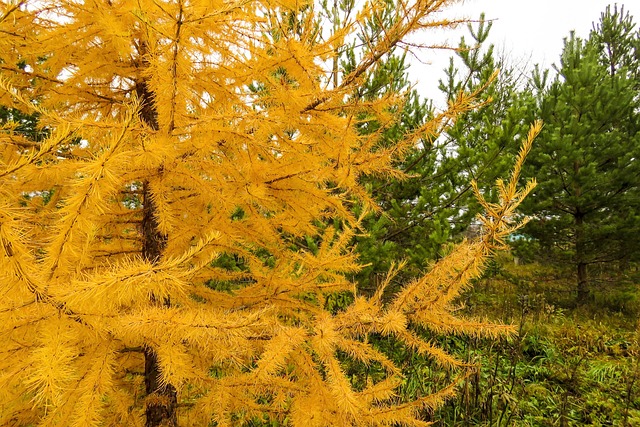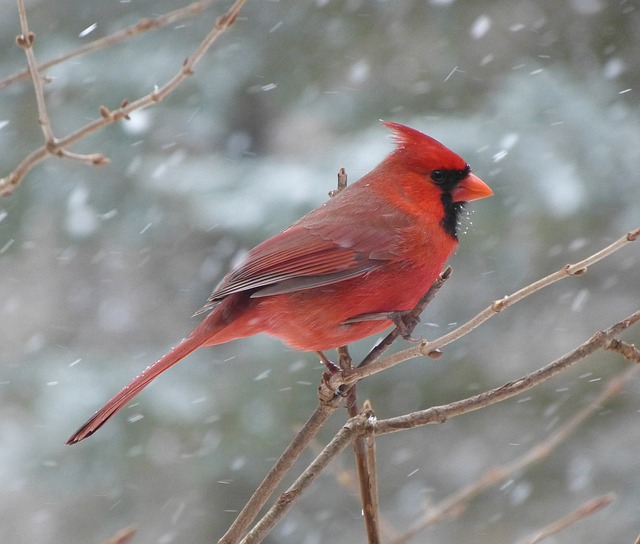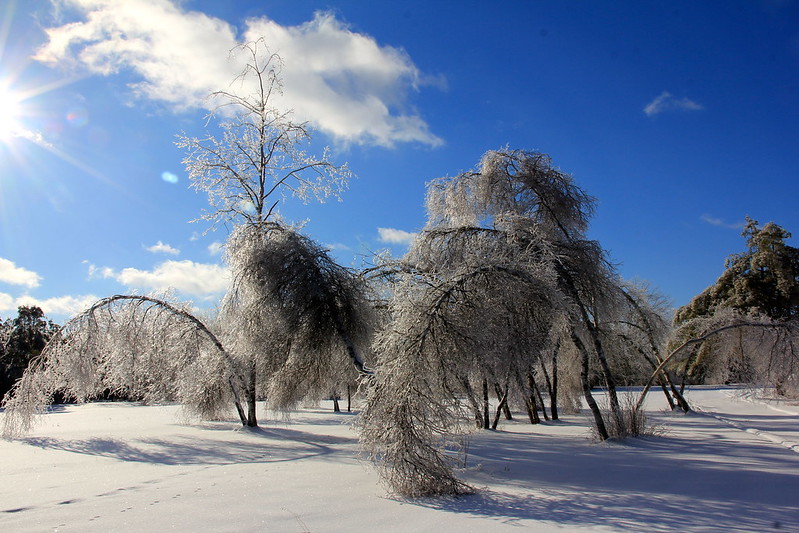
No matter where you live, spring is a time of joy.
In my part of the world, shy white snowdrops are the first flowers to bloom in spring.
Crocuses, slightly bolder in colour with their yellows or purples, are the next to make an appearance.
The tulips take their time, first poking the tips of their leaves above the ground like a periscope, as if checking to see whether it’s safe to emerge. They then burst forth in bright, vivid colours, their blooms held aloft on tall stems like upright trumpets.
“The flowers are springing up, the season of singing birds has come, and the cooing of turtledoves fills the air.” (Song of Solomon 2:12)
After a long, colourless winter, it makes my heart sing to see the arrival of spring.
But do the flowers and trees themselves sing? And if they do, what is their song telling us?
Author Linda Brooks, in her 2018 book, “Orchestra In My Garden,” seems to share my sentiments about the spring season:
”Once the snow disappears and my garden starts to emerge from its slumber, I cannot jump up fast enough to catch the first light, to lose (and find) myself among kindred spirits and bend my ear to their voices. No, I am not deluded. I do understand that plants are not human and cannot speak, but no one can convince me that they do not sing.”
She’s right: plants do sing. But she’s perhaps missed who they’re singing to.
They sing to God.
Read more







